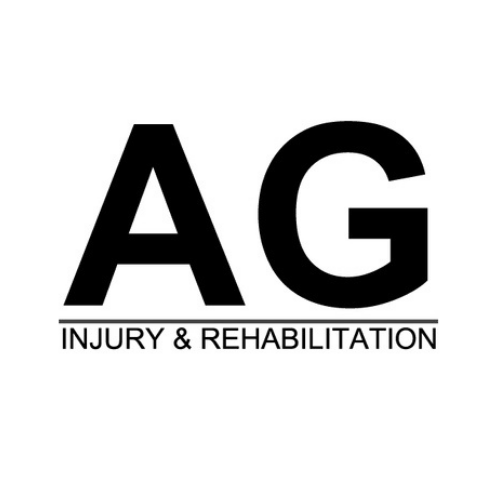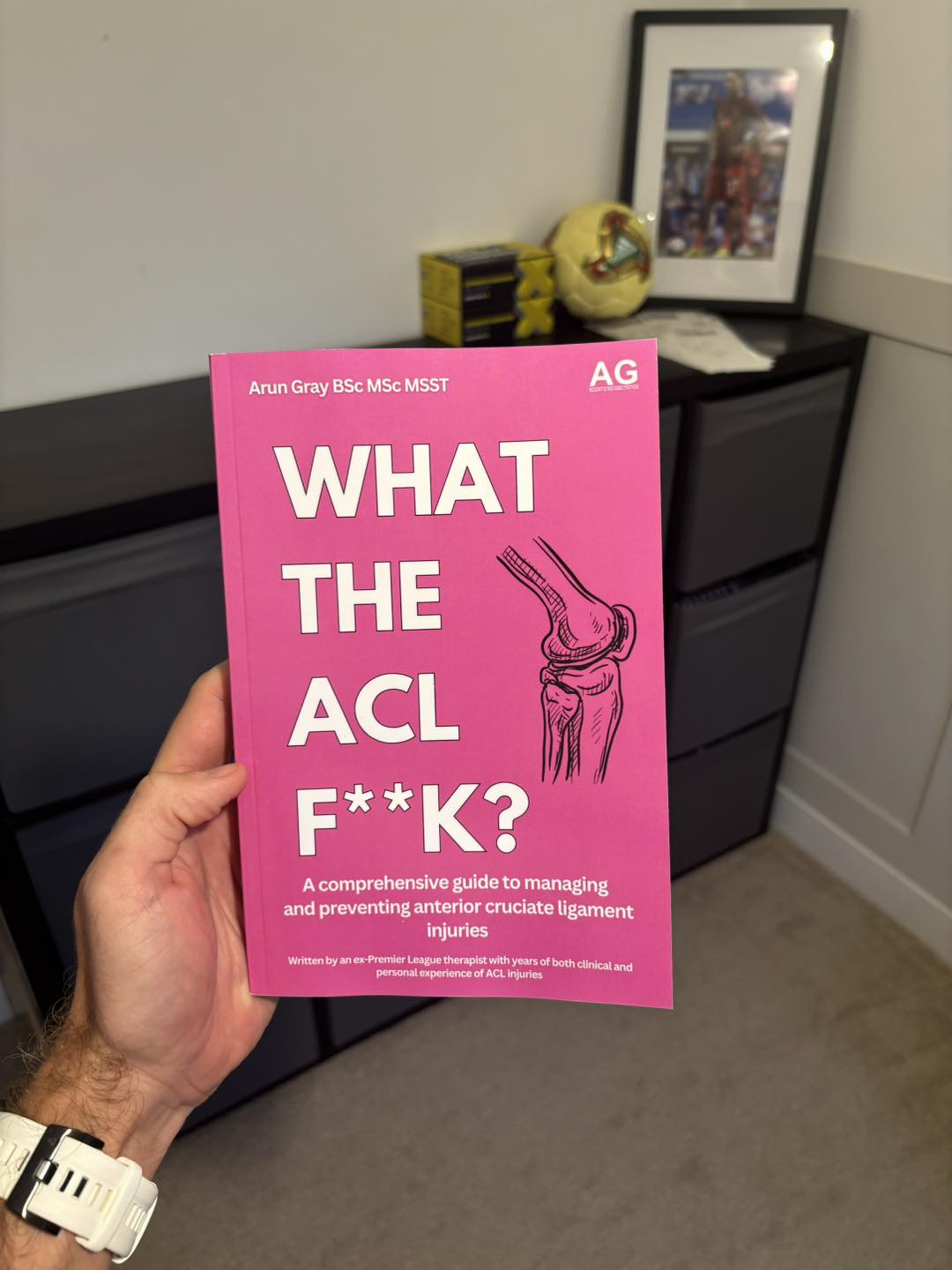Every 3 minutes, someone in the United States undergoes ACL reconstruction surgery, making it one of the most common knee procedures performed today. Yet, many patients are surprised to learn that the journey back to full activity isn't measured in weeks, but months.
The path to recovery after ACL reconstruction surgery is a carefully orchestrated process that transforms a damaged knee into a stable, functional joint. While the surgery itself takes only a few hours, the healing timeline extends far beyond the operating room, with each phase bringing its own unique challenges and victories.
Understanding ACL Reconstruction Surgery
ACL reconstruction surgery replaces a damaged anterior cruciate ligament with a tendon graft. This common procedure helps athletes who injure their knees during sports that involve quick stops, direction changes, and jumping movements like soccer, basketball, and football.
During the operation, surgeons use a small camera through tiny incisions to place and secure the new ligament. Patients can start walking with crutches and a leg brace on the same day as surgery, though full recovery takes several months.
The First Two Weeks After Surgery
The initial days after ACL surgery focus on managing discomfort and protecting the new graft. Most patients experience swelling and pain, which they can reduce through cold therapy and keeping the leg raised above heart level. Movement stays limited during this time to help the healing process.
Doctors typically recommend post-ACL surgery exercises with crutches and wearing a supportive brace. Following these guidelines helps set the stage for successful long-term recovery.
Getting Back on Your Feet: 2-6 Weeks Post-Surgery
Physical therapy starts 2-3 days after ACL surgery. Patients work with their therapists on basic movements to improve knee flexibility and build quadriceps strength. Simple exercises like leg lifts and gentle knee bends help restore movement while protecting the new ligament.
As healing continues, patients move from partial to full weight-bearing activities. Most people can nail their ACL rehab by week 4, though this varies by individual. Physical therapists track progress through range-of-motion measurements and strength tests to make sure recovery stays on track.
Mid-Recovery Phase: 6 Weeks to 3 Months
Physical activity picks up between weeks 6 and 12 as patients start more advanced exercises. Step-ups, leg presses, and stationary cycling help build strength and stability. However, this period needs extra care since the graft reaches its weakest point around month 3-4.
Physical therapists track the recovery process closely while adding exercises like controlled lunges and balance training. Patients often feel stronger during this phase, but staying within recommended limits prevents setbacks in recovery time.
The Advanced Recovery Period: 3-6 Months
Between months 3 and 6, physical activity steps up with running drills and sport-specific movements. Patients work on returning to their full range of motion through targeted exercises. Many start jumping rope, doing agility drills, and practicing directional changes.
Physical therapists adjust workout intensity based on each person's progress. While some athletes might start light running at 3 months, others need more time. The focus stays on building strength and stability while watching for signs of joint stress.
Long-Term Recovery and Return to Sports
Most athletes return to their favorite sports between 6 and 12 months after ACL reconstruction surgery. Getting back in the game depends on passing specific tests that check strength, balance, and movement control. These tests make sure the knee can handle sports-related stress.
Athletes need to practice their sport's basic moves before jumping into full competition. Starting with simple drills and slowly building up to higher intensity helps prevent new injuries. Physical therapists often create sport-specific workout plans to guide this process safely.
Factors Affecting Healing Time After ACL Surgery
Several variables shape recovery speed after ACL reconstruction surgery. Age plays a key role - younger patients often heal faster than older ones. Overall health status, including pre-existing conditions, affects tissue repair rates. Patients who follow their post-ACL surgery exercisesstrictly tend to recover more quickly than those who skip sessions.
The type of graft chosen for surgery influences healing time. Patellar tendon grafts typically show different recovery patterns compared to hamstring grafts. Quality sleep and proper nutrition, especially protein intake, speed up tissue repair and reduce inflammation during recovery.
Common Milestones in ACL Recovery
Recovery from ACL surgery happens step by step, with clear signs of progress along the way. Most patients first work toward getting their knee to straighten fully, which typically happens within the first few weeks. Next comes the ability to lift the leg straight up without the knee sagging.
By week 6, patients should nail their ACL rehab and bend their knee to 90 degrees. Getting back to normal walking patterns marks another key achievement. These goals help patients track their healing and stay motivated through physical therapy sessions.
Challenges During Recovery
The path to healing after ACL surgery comes with several hurdles. Some patients face arthrofibrosis - stiff scar tissue that limits knee movement - especially if surgery happens too soon after injury. Others struggle with keeping up their exercise routines over the months-long recovery timeline after surgery.
Physical therapy sessions help patients work through these obstacles. Working with trained professionals reduces the risk of doing too much too soon. Regular check-ins with doctors and therapists also catch potential problems early, allowing for quick adjustments to treatment plans.
Support groups and fellow ACL patients often share tips for staying positive during recovery. This connection helps many people push through tough days while staying within safe activity limits.
Making the Most of Your ACL Recovery
Following post-surgery instructions closely leads to better outcomes. Physical therapists recommend exercises for each recovery stage, from basic leg lifts to more complex movements. A balanced diet rich in protein helps repair tissue and reduce inflammation.
Staying on schedule with medications and ice therapy reduces pain and swelling. Getting 7-9 hours of sleep each night supports the body's natural healing processes. Many patients find meditation or deep breathing helps them stay calm during challenging parts of recovery.
Regular check-ins with medical professionals keep recovery on track. Simple activities like seated exercises and gentle stretches maintain flexibility without putting too much stress on the new ligament.
Physical Therapy and Exercise Program
Recovery from ACL surgery starts with basic movements like ankle pumps and quad sets. As patients gain strength, they move to straight leg raises and wall slides. By week 6, most people add step-ups and nail their ACL rehab with stationary cycling.
Physical therapists adjust exercises based on each patient's progress and pain levels. Some may need extra time with basic movements, while others advance more quickly to balance training and resistance work.
Regular sessions with a physical therapist help track progress and prevent incorrect form. They measure range of motion, check swelling, and modify workouts as needed. This hands-on guidance often leads to better outcomes and faster return to daily activities.
Pain Management and Swelling Control
After ACL surgery, controlling pain and swelling helps speed up recovery. Patients often use cold therapy for 15-20 minutes every 2-3 hours, especially after ACL surgery rehabilitation exercises. Keeping the leg raised above heart level reduces fluid buildup in the knee.
Doctors typically prescribe pain medications for the first few days. As discomfort lessens, patients can switch to over-the-counter options. Finding the right mix of activity and rest prevents overdoing it - most people need extra rest after therapy or exercises.
Following Medical Instructions After ACL Surgery
Following your doctor's and physical therapist's guidance directly affects your recovery success. Skipping exercises or pushing too hard can damage the new ligament, leading to longer healing times or additional surgery. Not following post-ACL surgery exercises may stress the graft before it's strong enough.
Setting daily reminders for exercises, medications, and ice therapy helps you stay on track. Many patients use phone apps or written logs to record their progress and ensure they complete all recommended activities. Working closely with your medical team reduces the risk of setbacks during the months-long recovery period.
Mental Health During ACL Recovery
The long path to healing after ACL surgery affects both body and mind. Many patients feel frustrated or anxious about the slow recovery process. Common feelings include worry about returning to sports, stress over daily movement limits, and mood changes during physical therapy.
Talking with other ACL surgery patients helps many people cope. Support groups, both online and in-person, let you share experiences and tips. Some patients work with sports psychologists to learn mental tools for handling setbacks and staying focused on the recovery process.
Setting small, weekly targets makes the recovery feel more manageable. Celebrating wins like bending your knee further or walking longer distances builds confidence. Regular check-ins with family, friends, or mental health professionals provide extra support when motivation dips.
Lifestyle Adjustments for Successful Healing
Recovery from ACL surgery requires specific changes to daily habits. Patients need to avoid high-impact movements like running and jumping during early healing stages. Instead, focus on low-impact activities that keep the rest of your body strong without stressing the knee.
A diet rich in protein and vitamins supports tissue repair. Eating foods like lean meats, fish, eggs, and leafy greens gives your body building blocks for healing. Getting 8 hours of sleep each night helps your body recover and reduces inflammation.
Taking small steps forward works better than rushing the process. Most patients need 6-12 months before returning to sports activities.
When to Contact a Doctor During Recovery
Call your doctor right away if you notice signs of infection after ACL reconstruction surgery. Red flags include increased pain that won't go away, unusual warmth around the knee, redness spreading from the incision, or fluid leaking from the surgical site.
Get medical help if you can't put weight on your leg or notice severe swelling that doesn't improve with rest and ice. Other warning signs include fever, calf pain, or numbness in your foot.
Regular check-ups help track your healing progress. Your doctor will look at your range of motion, strength, and how well your knee handles daily activities. These visits let them catch and fix small issues before they become bigger problems.
Long-Term Outcomes and Prevention of Re-Injury
Most patients return to their pre-injury activity levels after ACL reconstruction surgery when they follow proper rehabilitation. Studies show that athletes who maintain strong leg muscles have lower chances of hurting their knee again. Regular exercises targeting the quadriceps, hamstrings, and hip muscles help keep the knee stable.
Athletes benefit from yearly check-ups to test their knee function. These visits help catch small problems before they lead to injuries. Physical therapists often suggest changing workout routines based on how the knee responds to different activities.
The Road to Full Recovery
The journey through ACL reconstruction recovery is as much about patience and persistence as it is about physical healing. While the typical timeline spans 6-12 months, each patient's path is uniquely their own, influenced by factors ranging from pre-surgery fitness to post-operative dedication.
Success in ACL reconstruction recovery isn't just about reaching the finish line – it's about building a stronger, more resilient body along the way. By following medical guidance, maintaining a positive mindset, and respecting the healing process, patients can look forward to returning to their active lifestyles with confidence and strength.

